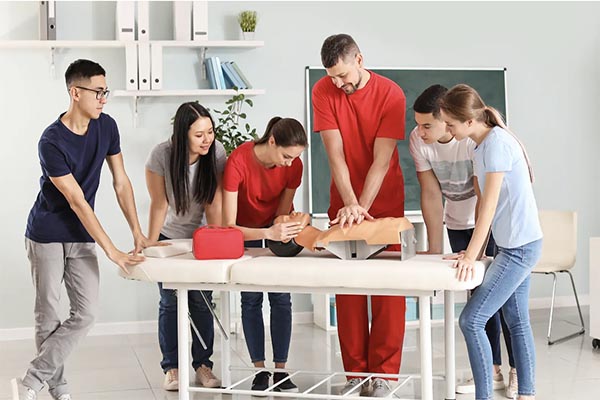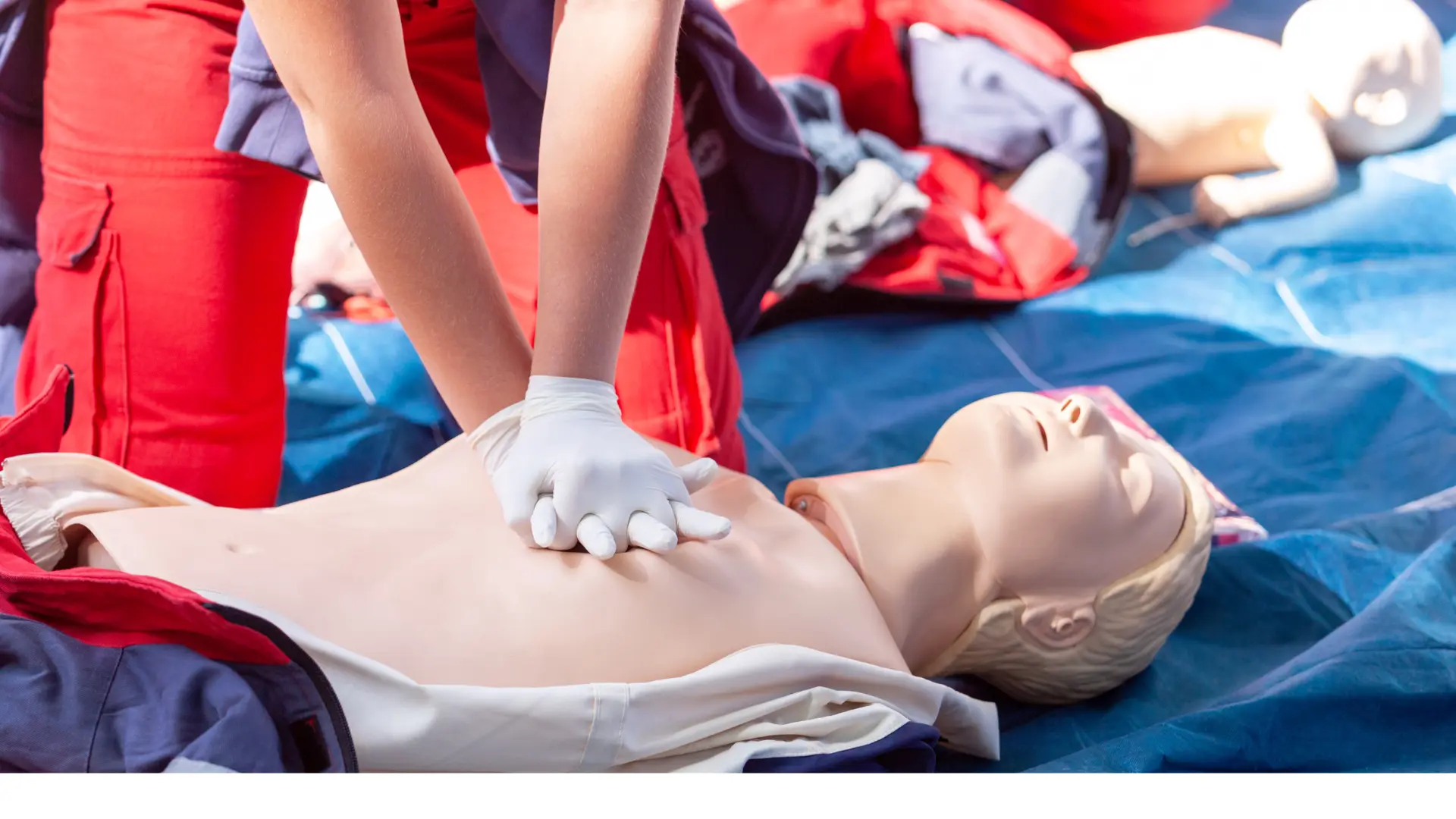
Cardiopulmonary Resuscitation (CPR) is a life-saving technique that is critical in emergencies like cardiac arrest or drowning when someone’s breathing or heartbeat has stopped. If you’re considering taking a CPR certification class, it’s a valuable skill that can make a real difference. In this article, we’ll walk you through what to expect in a CPR class, including the cost, duration, and key components of the training.
Knowing CPR can empower you to act decisively in an emergency situation. Whether you’re a healthcare professional, a teacher, or simply someone who wants to be prepared, CPR training is beneficial for everyone.
CPR can double or triple the chances of survival after cardiac arrest. Having the skills to perform CPR can make you a vital link in the chain of survival.

The duration of a CPR certification class can vary, but most classes are designed to be completed in a few hours. Typically, you can expect to spend about 3 to 5 hours in a class. This timeframe includes both the instructional and hands-on practice components.
Classes are often designed to fit into a single session, making it convenient for busy schedules.
The cost of a CPR certification class can vary depending on the provider and the level of certification you are seeking. Generally, you can expect to pay anywhere from $40 to $100. Prices might differ based on whether the course is for basic CPR, advanced CPR, or includes additional first aid training.
In a CPR class, you’ll learn the essential skills needed to perform CPR on adults, children, and infants. Here are the core topics typically covered:

Screenshot
A significant portion of your CPR class will involve hands-on practice. You’ll typically practice on mannequins designed to simulate human bodies. This practice is crucial because it helps you get comfortable with the motions and techniques you’ll need to use in an actual emergency.
Many classes now use mannequins equipped with sensors that provide real-time feedback on your performance. This technology helps ensure you’re applying the right amount of pressure and following the correct rhythm.
If you find CPR training rewarding and want to teach others, you might consider taking a CPR instructor course. This course will prepare you to train others, covering instructional techniques and curriculum planning.
With the advent of digital technology, many providers offer online CPR classes. While these classes can be convenient, it’s important to verify that they include a hands-on assessment component, as practical skills are crucial.
Taking a CPR certification class is a proactive step towards being prepared for emergencies. With options available for different schedules and budgets, there’s a class out there for everyone. Whether you’re looking to learn CPR for personal knowledge or considering teaching others, the skills you gain can help save lives.
By understanding what to expect in a CPR certification class, you’re better prepared to choose a course that fits your needs. Remember, the knowledge you gain isn’t just for you—it’s a vital skill that could one day save a life.
Now that you understand the immense value and life-saving potential of CPR, take the next step in becoming prepared for emergencies. Enroll in a CPR certification class today with CPR Classes Near Me. Whether you’re looking for an in-person experience to gain valuable hands-on practice, or prefer the flexibility of online modules, CPR Classes Near Me offers a variety of options tailored to fit your needs and schedule. Equip yourself with the knowledge and skills to act confidently in critical situations—sign up now and be the difference in someone’s life when it matters most.
Our primary goal is to ensure that you receive a top-quality CPR/First Aid certification. With our in-person training in Austin, you can learn CPR and BLS in just one class. Your presence is all that’s needed to continue with your lesson! During your session, you will complete all the live-training components necessary to ensure you receive your AHA Healthcare Provider certification card.
Our CPR Classes in Austin are discounted to $59.95 (saving you $20), and our CPR + First Aid Class is offered at $79.95 (also saving you $20). When looking for CPR Classes, ensure to check for the American Heart Association seal. Other sites might seem cheaper but frequently lack the official training credentials demanded by employers.
Upon successful completion of the course, you will obtain a CPR certification that is valid for two years. The AHA CPR certification is recognized with the highest acceptance rate among employers nationwide.
Indeed! Enroll in any CPR Certification Austin BLS course to extend your certification for an additional two years. The in-person BLS course and the Renewal Class are identical.
Anyone capable of completing the course independently should consider pursuing CPR training and CPR Certification. There is no minimum age restriction for obtaining a CPR certification in Austin through the American Heart Association (AHA)..
CPR training needs to be carried out in person to guarantee its effectiveness. Our experienced instructors offer an engaging and dynamic learning experience. Typically, employers do not recognize CPR certifications that are obtained solely through online courses.
All authorized American Heart Association training centers are obligated to display the entire video. After a three-hour session with CPR Classes Near Me Austin, your BLS CPR eCard will be promptly issued by the instructor on the same day!